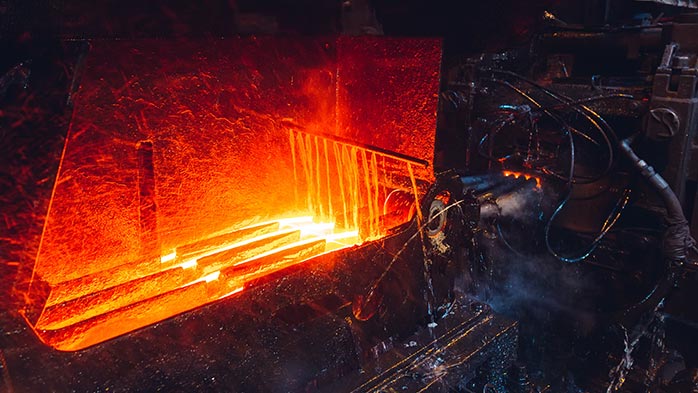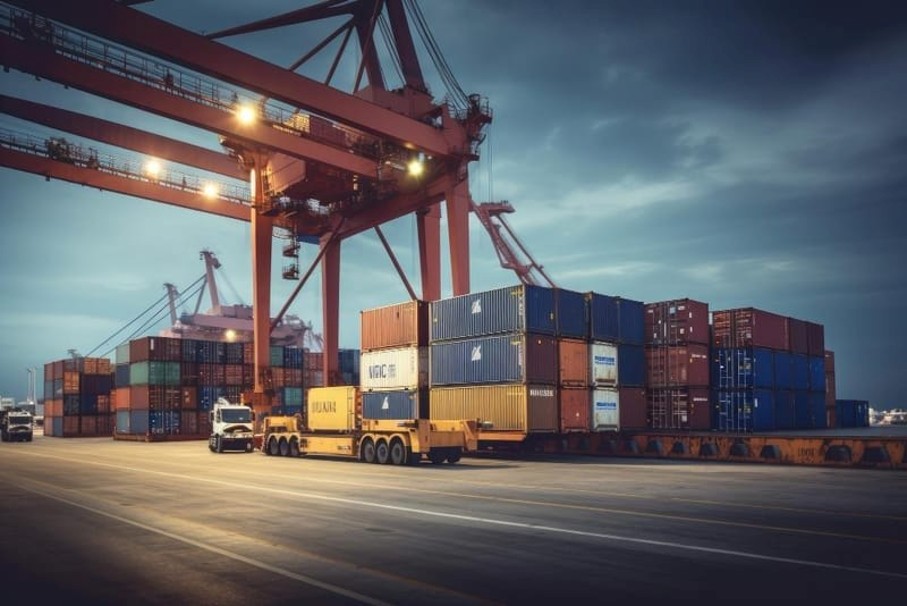Government/Policy

July 20, 2025
Leibowitz on Trade: Bringing manufacturing back to the US
Written by Lewis Leibowitz
In my last column, I explored whether tariffs would be likely to bring manufacturing back to the United States. I concluded that they wouldn’t because trade deficits are not caused significantly by “unfair” trade deals. Today, my column considers what can be done to “bring manufacturing back.”
First, let me stress that increased steel production alone won’t bring back huge numbers of jobs. Total manufacturing employment is down from the postwar peak of the 1975-79 period. Back then, the steel industry employed more than half a million workers. Today, it’s well under 100,000.
Industries that use steel in manufacturing employ many more workers than steel production. Raising the cost of steel for these customers will not increase manufacturing employment. In fact, it will probably hit employment hard. Plus, automation and technological advances are likely to hold employment increases down, even if demand for steel-containing products increases.
Thus, for employment in manufacturing to increase, demand for manufactured goods must increase—and by a lot. Tariffs on raw materials won’t do the trick here. That is why the Trump tariffs have expanded their reach to more “steel-derivative” products like industrial machinery, transportation equipment, and appliances.
This approach runs into problems. Chief among them is this: There are more and more products that can substitute for steel (and aluminum) in these areas as well as in construction. Speaking of construction, you could make the case that it’s the largest single manufacturing industry in the United States. If we want to increase manufacturing employment and output, construction is the best place to do it.
In theory, there is room to do just that. Because for the last several years, the critical shortage of affordable housing has become starkly apparent. The recent book by Ezra Klein and Derek Thompson, “Abundance,” deals with all the policies that have aggravated that shortage. A lot needs to be done to address the issue – permitting reform, loosening local regulations, undoing policies that close off lands for development, and fixing wrong-headed but well-meaning policies such as rent control in cities.
There is nothing that tariffs can do to relieve the housing shortage. In fact, tariffs on critical construction materials (like steel and aluminum) will aggravate the housing shortage. And to date, no serious program has been proposed, let alone implemented, to address the shortage of affordable housing.
Steel pipe and tube is a good example. The US pipe industry is dependent on competitively priced inputs, like plate and sheet for welded pipe and semifinished billets for seamless pipe. The tariffs on steel products make the resurrection of steel pipe production more difficult.
President Trump doubled tariffs on steel and aluminum to 50% last month. From my perspective, it seems we as a country tend to double down on the wrong remedies – especially when they don’t work. As for what will work, it is support for tomorrow’s industries more than yesterday’s.
The US has invoked national security to impose Section 232 tariffs on steel. But we’ve seen the nature of war change dramatically in the last few years. Drones use little, if any, steel. Yet they can take out steel-intensive tanks and armored vehicles. And their national security importance is evident on the battlefields of Ukraine and beyond. (Ukrainian drone attacks on Russia’s strategic bomber fleet, for example).
For heavy, labor intensive, manufacturing industries to thrive, demand for their products – which is important to our long-term prosperity – should be increased. That demand could come from addressing the housing shortage. Or it could come from building out other infrastructure, such as wind farms. I’m sure there is no shortage of good ideas.
Where tariffs and other trade restrictions do more good than harm for the economy, they can be considered. Where the net effect of tariffs is negative, they should be dropped. I would include antidumping and even countervailing duties, which desperately need reform to work for the entire economy.
We are in a challenging time where hot-button political considerations often don’t square with economic or strategic imperatives. One hopes that, in the next year, at least one political party will take the lead on putting our country’s future first. That includes giving serious thought to increasing steel demand. To date, unfortunately, it seems our leaders are looking mostly in the rearview mirror.
Editor’s note
This is an opinion column. The views in this article are those of an experienced trade attorney on issues of relevance to the current steel market. They do not necessarily reflect those of SMU. We welcome you to share your thoughts as well at info@steelmarketupdate.com.







